How To Choose A Camera Tripod ?
When choosing a camera tripod, consider factors such as the weight and stability of the tripod, the maximum load capacity it can support, the height and adjustability options, the type of head (ball head or pan-tilt head), and the material it is made of (aluminum or carbon fiber). Additionally, think about the portability and ease of use, including features like quick-release plates and leg locks. It is also important to consider your specific photography needs and budget when making a decision.
1、 Height and Stability
When it comes to choosing a camera tripod, there are a few key factors to consider. Two of the most important factors are height and stability.
Height is an essential consideration because it determines the versatility and flexibility of your shots. A tripod with adjustable legs and a center column will allow you to shoot from various angles and heights, giving you more creative control over your composition. Look for a tripod that can extend to your desired shooting height, whether you're shooting at eye level or need to get low to the ground for macro photography.
Stability is another crucial factor to consider. A stable tripod is essential for capturing sharp images, especially in low light conditions or when using longer exposure times. Look for a tripod with sturdy legs made from materials like aluminum or carbon fiber, as they offer better stability. Additionally, consider the tripod's weight capacity to ensure it can support the weight of your camera and lens.
In addition to height and stability, there are other factors to consider when choosing a tripod. These include weight, portability, and additional features such as a ball head or quick-release plate. It's also worth considering the type of photography you primarily engage in. For example, if you frequently shoot landscapes, a tripod with a low-angle adapter or a center column that can be positioned horizontally may be beneficial.
Lastly, it's always a good idea to read reviews and seek recommendations from other photographers. The latest point of view can provide valuable insights into the performance and durability of different tripod models.
In conclusion, when choosing a camera tripod, prioritize height and stability. These factors will greatly impact your ability to capture sharp and well-composed images. Additionally, consider other factors such as weight, portability, and specific features that align with your photography style.
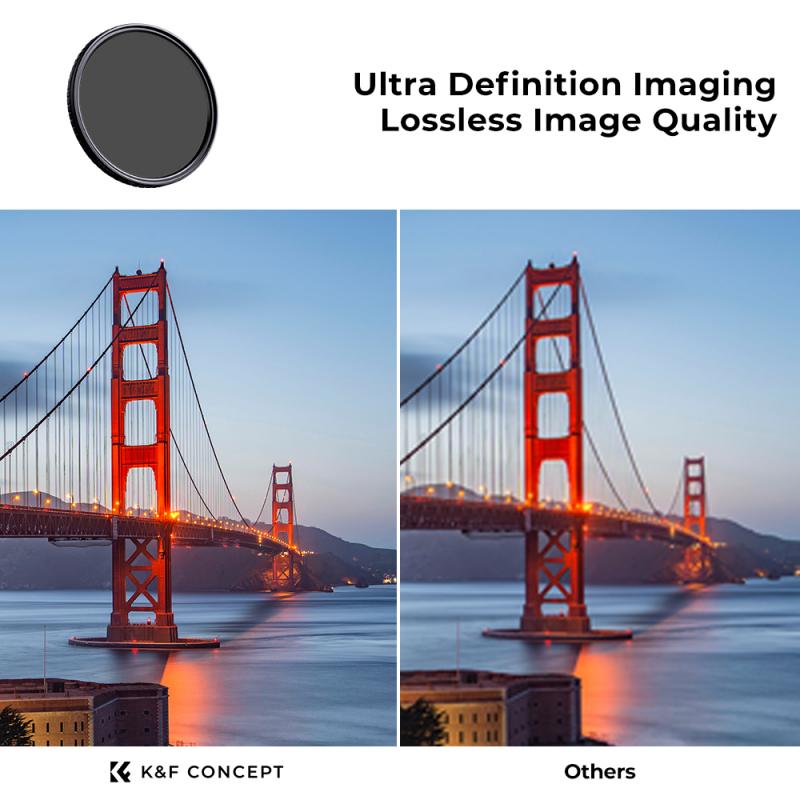
2、 Weight and Portability
When it comes to choosing a camera tripod, there are several factors to consider, but one of the most important ones is weight and portability. A tripod that is too heavy or bulky can be a hassle to carry around, especially if you are a photographer who is constantly on the move.
Weight is an essential consideration because you want a tripod that is sturdy enough to support your camera and lens but light enough to carry comfortably. Look for tripods made from lightweight materials such as carbon fiber or aluminum. Carbon fiber tripods are generally more expensive but offer excellent stability and are incredibly lightweight. Aluminum tripods are more affordable and still provide decent stability, but they can be slightly heavier.
Portability is another crucial factor to consider. Look for tripods that are compact and easy to fold down. Some tripods come with a carrying case or a bag, which makes it easier to transport them. Additionally, consider the tripod's height when folded down. If you frequently travel or hike, a tripod that can fit into a backpack or attach to the outside of a bag can be a great option.
In recent years, there have been advancements in tripod design that prioritize both weight and portability. Manufacturers have introduced innovative features such as collapsible legs, quick-release mechanisms, and compact ball heads. These advancements have made it easier than ever to find a tripod that strikes the perfect balance between stability and portability.
In conclusion, when choosing a camera tripod, weight and portability are crucial factors to consider. Look for lightweight materials such as carbon fiber or aluminum and consider the tripod's size when folded down. With the latest advancements in tripod design, finding a tripod that meets your needs for both stability and portability is easier than ever.
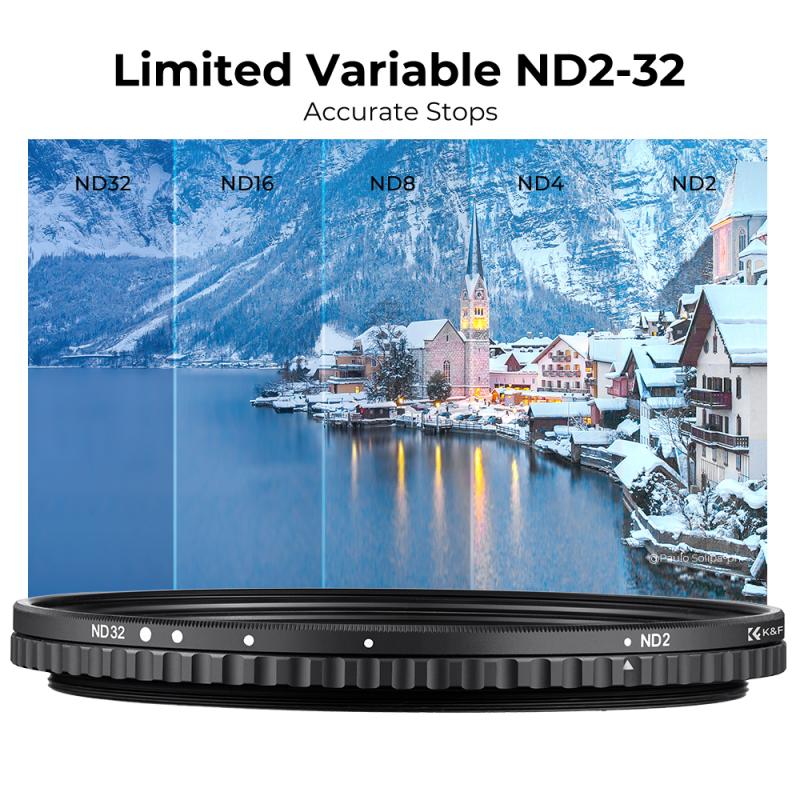
3、 Material and Construction
When it comes to choosing a camera tripod, one of the most important factors to consider is the material and construction of the tripod. This aspect plays a crucial role in determining the stability, durability, and overall performance of the tripod.
The most common materials used for tripod construction are aluminum and carbon fiber. Aluminum tripods are generally more affordable and offer decent stability. They are also relatively lightweight, making them a popular choice for photographers on a budget or those who need to carry their tripod for extended periods. On the other hand, carbon fiber tripods are known for their exceptional strength-to-weight ratio. They are lighter than aluminum tripods, making them ideal for travel and outdoor photography. Carbon fiber tripods also provide better vibration dampening, which can be beneficial when shooting in windy conditions or with long telephoto lenses.
In terms of construction, it is important to look for a tripod that is sturdy and well-built. Pay attention to the leg locks, center column, and the overall design of the tripod. Look for features such as twist locks or flip locks that are easy to use and provide a secure grip. Additionally, consider the maximum load capacity of the tripod to ensure it can support the weight of your camera and lens.
It is worth noting that advancements in tripod technology have led to the introduction of innovative features. Some tripods now come with built-in levels, quick-release plates, and adjustable leg angles, which can enhance the shooting experience and provide added convenience.
In conclusion, when choosing a camera tripod, carefully consider the material and construction. Aluminum tripods are affordable and offer decent stability, while carbon fiber tripods are lightweight and provide better vibration dampening. Look for a sturdy and well-built tripod with features that suit your specific needs.

4、 Head Type and Compatibility
When it comes to choosing a camera tripod, one of the most important factors to consider is the head type and compatibility. The head of a tripod is the part that holds the camera and allows for smooth movement and adjustments. There are several types of tripod heads available, each with its own advantages and disadvantages.
The most common types of tripod heads are ball heads, pan-tilt heads, and gimbal heads. Ball heads are versatile and allow for quick adjustments in any direction. They are great for general photography and are popular among photographers who need to quickly change their camera position. Pan-tilt heads, on the other hand, offer separate controls for horizontal and vertical movements, providing more precise adjustments. They are commonly used in landscape and architectural photography. Gimbal heads are specifically designed for telephoto lenses and provide smooth and stable movement for capturing wildlife or sports photography.
When choosing a tripod head, it is important to consider the compatibility with your camera. Most tripod heads come with a standard 1/4-inch screw, which is compatible with the majority of cameras. However, if you have a larger or heavier camera, you may need a tripod head with a larger screw size or a higher weight capacity.
Additionally, it is worth considering the quick-release plate system of the tripod head. This system allows you to quickly attach and detach your camera from the tripod. There are different types of quick-release plate systems available, such as Arca-Swiss and Manfrotto, so make sure to choose one that is compatible with your camera.
In conclusion, when choosing a camera tripod, it is crucial to consider the head type and compatibility. Assess your photography needs and choose a tripod head that suits your shooting style and camera equipment. Additionally, stay updated with the latest advancements in tripod head technology, as new features and improvements are constantly being introduced to enhance the photography experience.


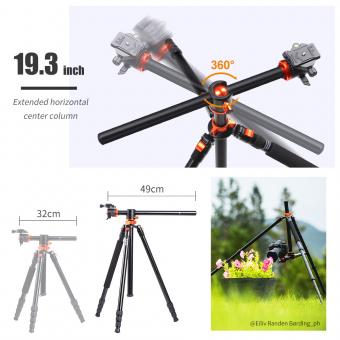









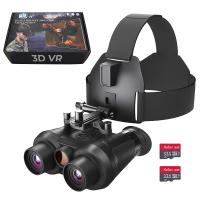

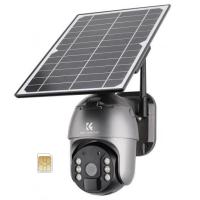
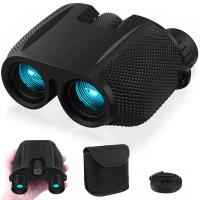


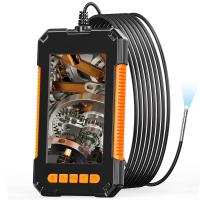

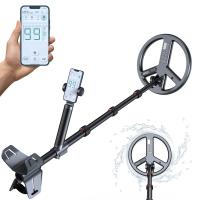
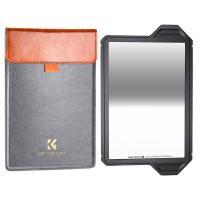

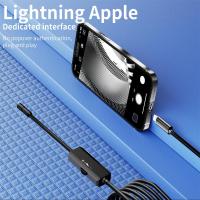

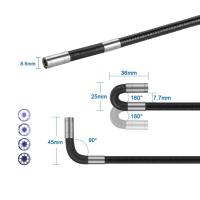

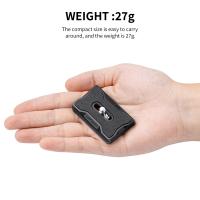

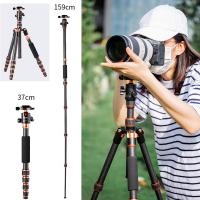
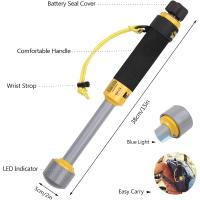
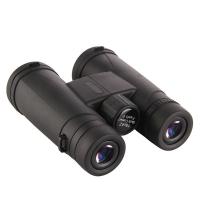
There are no comments for this blog.